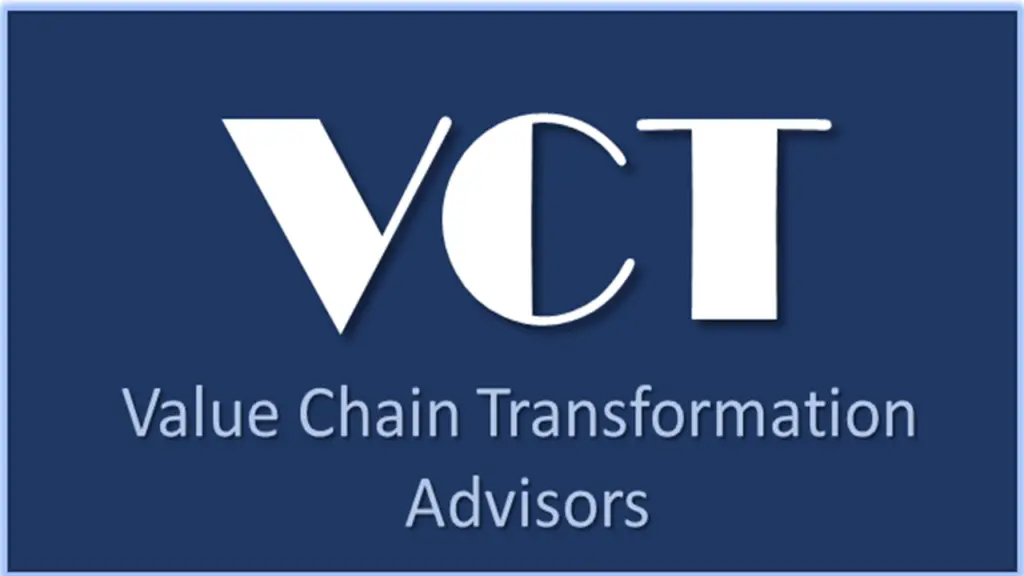In the increasingly complex and interconnected world of global commerce, the design of your supply chain plays a crucial role in determining the success or failure of your business.
A well-designed supply chain enables efficient operations, reduces costs, and enhances customer satisfaction. Conversely, a poorly designed supply chain can lead to bottlenecks, delays, and lost opportunities. This article defines the elements that constitute an effective supply chain design, discusses the potential pitfalls of subpar design methods, and explores how cutting-edge technologies like GAINS Supply Chain Solutions can empower you to make the right decisions.
Elements of Effective Supply Chain Network Design
Strategic Alignment: A successful supply chain design aligns with the business’s overarching strategic objectives and considers factors such as market demand, product portfolio, and competitive landscape to ensure synchronization between supply and demand.
Flexibility and Adaptability: An effective supply chain design anticipates and embraces change. It incorporates the flexibility to adapt to evolving market dynamics, customer preferences, and disruptions. This includes having agile production capabilities, robust inventory management systems, and responsive distribution networks. Organizations need hyper-agile supply chains to survive and remain competitive in an environment characterized by unexpected and sudden disruptions such as the COVID-19 pandemic.
End-to-End Visibility: Transparency across the supply chain is crucial for informed decision-making. By leveraging advanced technologies and data analytics, businesses can gain real-time visibility into inventory levels, shipment status, and demand patterns, allowing for proactive management and faster response times.
Collaboration and Integration: A good supply chain network design fosters collaboration and integration among stakeholders, both internal and external. Effective communication, information sharing, and joint planning with suppliers, manufacturers, distributors, and customers help optimize processes, reduce lead times, and minimize costs. According to McKinsey Research Group “Companies with advanced supplier-collaboration capabilities tend to outperform their peers.”
Risk Management: Mitigating risk is a vital aspect of supply chain design. Identifying potential vulnerabilities and implementing proactive measures to manage disruptions, such as natural disasters, geopolitical events, or supplier issues, helps maintain continuity and resilience.
Ensuring Effective Supply Chain Design
Unlocking the full potential of a supply chain requires effective design and collaborative decision-making. Comprehensive analysis, cross-functional collaboration, and data-driven insights pave the way for effective supply chain design that drives efficiency, cost savings, and long-term success.
The First Steps In Optimizing Your Supply Chain Design
To ensure that a supply chain design is effective, businesses should take the following steps:
- Conduct a Comprehensive Analysis: Thoroughly analyze your existing supply chain, including processes, infrastructure, technology, and performance metrics. Identify pain points, bottlenecks, and areas for improvement. You cannot fix what you don’t know is broken.
- Engage Cross-Functional Teams: Involve representatives from different departments (e.g., procurement, operations, logistics) to add diverse perspectives and insights during the design process. Cross-functional teams have a deep understanding of their respective areas and can identify potential barriers, resistance, and impacts of the proposed changes. Their buy-in ensures their commitment to the new design and enables them to act as change advocates within their departments, making the implementation smoother and more successful.
- Leverage Data and Analytics: Use data-driven insights helps to inform strategic decision-making. Leveraging advanced analytics like those in the GAINS supply chain design solution can help optimize inventory levels, align assets and infrastructure, streamline product flow, and improve efficiency and cost savings.
Common Problems Addressed Through Supply Chain Design
Effective supply chain design plays a vital role in addressing a range of common problems that businesses often encounter, including:
Inefficiencies and Cost Overruns: Streamlining processes, reducing waste, and optimizing resource allocation, a well-designed supply chain network can enhance operational efficiency and reduce costs.
Poor Customer Service: Ineffective supply chain design can directly impact the customer experience leading to a negative customer experience due to delays in order fulfillment. An insufficient supply chain strategy can result in delays in processing, low service levels, and delays in fulfilling customer orders. Customers expect timely delivery, and delays can lead to frustration and dissatisfaction.
Inventory Management Issues: Effective supply chain design and planning can optimize inventory levels, minimize stockouts, and improve inventory turnover, reducing carrying costs and freeing up working capital. Inconsistent product availability can harm customer loyalty and diminish their overall satisfaction. If the supply chain design does not effectively manage inventory levels and demand forecasting, customers may encounter situations where desired products are out of stock or unavailable. This can frustrate customers who expect to purchase a particular item, potentially leading them to seek alternatives from competitors.
By optimizing your network design, to include factors such as geographic proximity to suppliers and customers, transportation costs, and mode of transportation, businesses can reduce transit times, optimize routes, and minimize transportation costs. Inadequate supply chain design can lead to suboptimal transportation routes, excessive lead times, and inefficient use of transportation resources.
Lack of Visibility and Collaboration: Poor supply chain design often results in limited stakeholder visibility and communication, leading to delays, errors, and misunderstandings. By implementing cloud-native technologies and systems that enhance visibility and promote collaboration, businesses can improve communication, information sharing, and coordination among suppliers, manufacturers, distributors, and customers.
Sustainability and Environmental Impact: In recent years, sustainability has become crucial in supply chain design. Inefficient use of resources, excessive waste, and high carbon emissions can harm the environment and tarnish a company’s reputation. Effective supply chain design can incorporate sustainability principles, such as optimizing transportation routes to reduce fuel consumption, adopting green packaging solutions, and implementing recycling and waste reduction initiatives. By considering the environmental impact throughout the supply chain, businesses can enhance their sustainability profile and meet the growing demands of eco-conscious consumers.
Demand Forecasting and Planning: By accurately predicting demand patterns, businesses can optimize production schedules, streamline inventory levels, and meet customer expectations effectively. Poor demand forecasting and planning often lead to either stockouts or excess inventory (sometimes both). GAINS supply chain planning and design can help address this challenge by integrating advanced demand forecasting models, analyzing historical data, and considering market trends and customer insights.
Quality Control and Compliance: In industries where product quality and regulatory compliance are critical, supply chain design plays a crucial role in ensuring consistency and adherence to standards. By implementing quality control measures, conducting supplier audits, and incorporating compliance checkpoints into the supply chain design, businesses can minimize the risk of product recalls, quality issues, and regulatory non-compliance.
Effective supply chain design is a holistic approach that considers multiple facets of the supply chain to overcome common challenges.
Pitfalls of Poor Supply Chain Design:
A poorly designed supply chain can lead to:
- Increased Costs: Inefficient processes, excessive inventory, and suboptimal transportation routes can result in higher costs, eroding profitability.
- Ineffective Resource Utilization: Inadequate capacity planning and inefficient allocation of resources can lead to underutilization or overutilization of assets, hampering productivity.
- Supply Disruptions: Lack of visibility, poor risk management, and inadequate contingency plans can amplify the impact of supply chain disruptions, causing delays, shortages, and customer dissatisfaction.
Effective Supply Chain Design Is The Cornerstone Of Successful Business Operations.
By incorporating strategic alignment, flexibility, visibility, collaboration, and risk management, into their supply chain design planning, businesses can optimize their supply chains and win a competitive edge. Avoiding common pitfalls associated with poor design and harnessing the power of advanced technologies like GAINS can revolutionize your supply chain management and propel your businesses toward sustained growth and profitability.
GAINS cloud-based supply chain design and planning solutions are powered by advanced artificial intelligence and machine learning and leverages sophisticated algorithms to help companies of all sizes to move forward faster. GAINS plans for different scenarios, enabling businesses to optimize production, inventory, and distribution decisions. By considering factors such as demand fluctuations, lead times, and capacity constraints, GAINS help identify and implement optimal supply chain configurations and strategies, leading to improved performance and resilience.
Read More
Mastering Risk Mitigation: Unleashing the Power of Supply Chain Design



